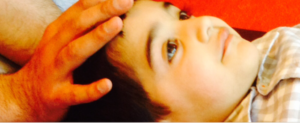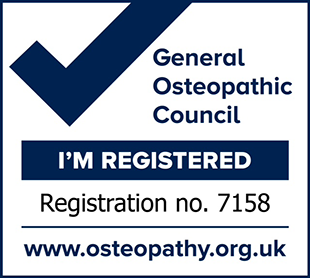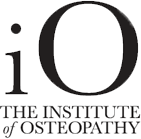Cranial/Paediatric Osteopathy for Babies and Infants
The birth process is extremely physical, both for the mother and the child. The baby is squashed into the womb for many months and then squeezed through to the birth canal. The bones of the skull are designed to fold over each other during the birth process to make the head smaller, and thus easier to deliver.
During the birth process the descending baby should push the mother’s sacrum, (the lower part of the spine above the coccyx) out of the way, making more room to pass. However birthing techniques that involve the mother either lying, or sitting on her back and buttocks create issues since the sacrum has nowhere to go. It cannot move out of the way since the mother is sat on it. In this position, the birth canal is smaller than it could be, which leads to long labors and increased interventions, such as forceps and ventouse, (vacuum pump).
The increased pressure due to the smaller birth canal, longer labor and any medical aids will have an effect on the baby, particularly the skull, jamming up the joints and stretching the tissues. These compressive changes can form the tensions that later go on to cause mechanical and health related problems. That is not to say that active birthing positions: i.e., standing, kneeling and squatting prevent problems. They do however reduce forces placed upon the baby.
Babies delivered by C-section are still exposed to a lot of force, especially if they are an emergency C-section due to them getting stuck. In this case, the uterus is still contracting very hard, trying to push the baby out, but since it is trapped, all the forces of the contractions are squashing the baby up against its head.
Crying and suckling are both seen as corrective forces of nature, since they pump and free the bones of the head. Indeed, babies that cry or suckle a lot may be instinctively trying to free jammed skull joints. Though the babies cannot talk, they are telling us that, “something could be jammed”.
Since all babies are squashed in the womb and thus exposed to forces, Cranial Osteopaths recommend that every baby should be checked. A Cranial Osteopath knows how things should be moving and so can tell when there is tension and restriction. The Cranial Osteopath can then use very gentle natural innate forces to realign and balance the tissues. This will allow the body to unwind, and for healing to take place. Restoring the correct fluid flow to an area will improve its health and vitality. Cranial Osteopathy will help restore a degree of normality to the balance of the tissues and potentially improve the baby’s future capacity for health.
As a rule, a Cranial Osteopath would like to see babies as soon as possible in their first few weeks ideally, but there is no time limit. The techniques work on babies, infants, children, adults and the elderly.
Treatment: Cranial Osteopathy for Babies, Infants and Children. Cranial Osteopathic Treatment at Chelsea Osteopaths, Harrow Osteopathic Clinic, Wembley Osteopaths. Osteopath in Chelsea, Osteopath in Harrow, Osteopath in Wembley – The Sports Injuries Specialist – Registered Osteopath. Regulated: Chelsea Osteopaths, Harrow Osteopathic Clinic, Wembley Osteopaths – The Sports Injuries Specialist – Registered Osteopath.
Zahir Chaudhary, BA (Hons), BSc (Hons), ND, M Ost.Med.
Email: emergencyosteopath@gmail.com
Call: 0208 423 6209; 0792 100 4705
Web: https://www.sportsinjuriesspecialist.co.uk
CHELSEA OSTEOPATHS, 208 FULHAM ROAD, CHELSEA, LONDON. SW10 9PJ.
HARROW OSTEOPATHIC CLINIC, 9 LITTLETON ROAD, HARROW, MIDDLESEX. HA1 3SY.
WEMBLEY OSTEOPATHS, 31 NORVAL ROAD, NORTH WEMBLEY, MIDDLESEX. HA0 3TD.
DAVID LLOYD SUDBURY HILL OSTEOPATHS, GREENFORD RD, EALING. UB6 0HX.
*Permission and Artwork by Alison Jardine @alisonjardine.com with full credit.
Leave a reply →


